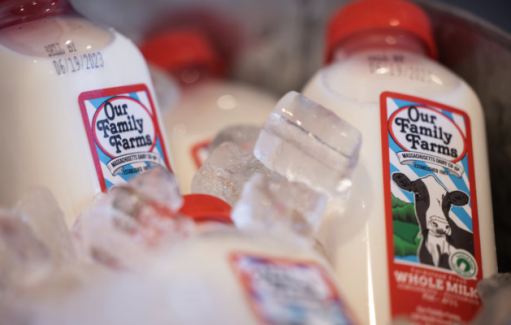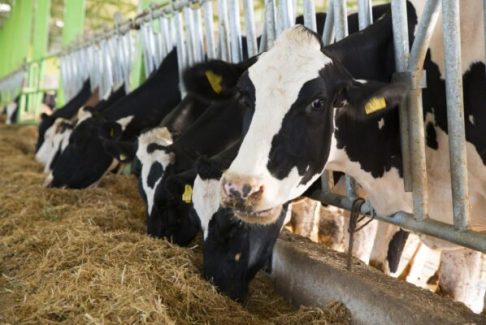In mid-June, 305-ME (Mature Equivalent) will be discontinued and replaced by 305-AA (Average Age) as the standardized yield estimate for U.S. dairy cows.
This change will incorporate current knowledge about the key variables that impact milk yield, improving the accuracy of the estimate.
Beginning on June 12, the new 305-AA yield estimates will appear in CDCB’s WebConnect data queries. Then, 305-AA will be implemented in the calculation of CDCB genetic evaluations, expected in August 2024.
305-AA and Impacts on Genetic Evaluations
What is 305-AA?
305-AA stands for 305-Average Age. It is the new standardized yield estimation to compare cows of different ages, parities, climates, seasons of calving and lactation lengths. This management tool estimates a cow’s production for a given lactation, adjusted to 36 months of age and utilizing partial yield measurements captured by milk testing.
Why is this change happening?
This evolution from 305-ME to 305-AA is designed to better align with today’s management practices and environmental impacts on production levels. The 305-ME adjustments were last updated in 1994. Research tells us that genetic selection impacts maturity patterns, and after 30 years both management and the biology of the cow have changed. The industry needs updated tools for making accurate, fair comparisons among cows. This transition and the new 305-AA are based on a 2023 study by USDA AGIL and CDCB, analyzing more than 100 million milk yield records in the National Cooperator Database.
How does the 305-AA affect each breed?
Holsteins will be the least impacted on a breed level as the primary data source utilized in the 1994 adjustments when the formula was last updated. Non-Holstein breeds will see more change, and this is a good thing! With more data now available, adjustments applied are more specific to each breed – rather than adjustments that were broadly calculated from a dataset dominated by Holstein.
How do these new adjustments impact PTAs?
The 305-AA adjustments will impact each breed’s PTAs differently. Yield traits will experience the most variation, resulting in additional impacts to Net Merit $ and other indices that rely heavily on yield traits. Test runs of genomic data suggest a small reranking of bulls will take place with this change.
Based on CDCB test runs, the anticipated impacts on genomic PTAs include:
- Ayrshire: Stable with a mild increase in milk, fat and protein for younger males.
- Brown Swiss: Overall yield PTAs for younger animals will increase slightly, while PTAs of older animals will remain fairly stable.
- Guernsey: Increase for young males with a decrease in milk, fat and protein PTAs of older males.
- Holstein: Increase in yield PTAs for young males with more stability in older animals.
- Jersey: Noticeable decrease in yield PTAs of younger males, while older males will see an increase.
Will the 305-AA impact the July monthly evaluations?
No. CDCB monthly and weekly evaluations use the latest phenotypic update, which was in April 2024 (as phenotypic updates happen during triannual evaluations). After full implementation, all evaluations from August 13, 2024, onward will include the new 305-AA information.
The Bottom Line
- Effective June 12, 305-AA will replace 305-ME as standardized lactation averages in the CDCB database and WebConnect.
- 305-AA will be implemented in the CDCB genetic evaluations in August 2024, because phenotypes are updated in the triannual evaluations.
- August PTAs are expected to be impacted by this transition, as described above and in ongoing communications from CDCB this summer.



